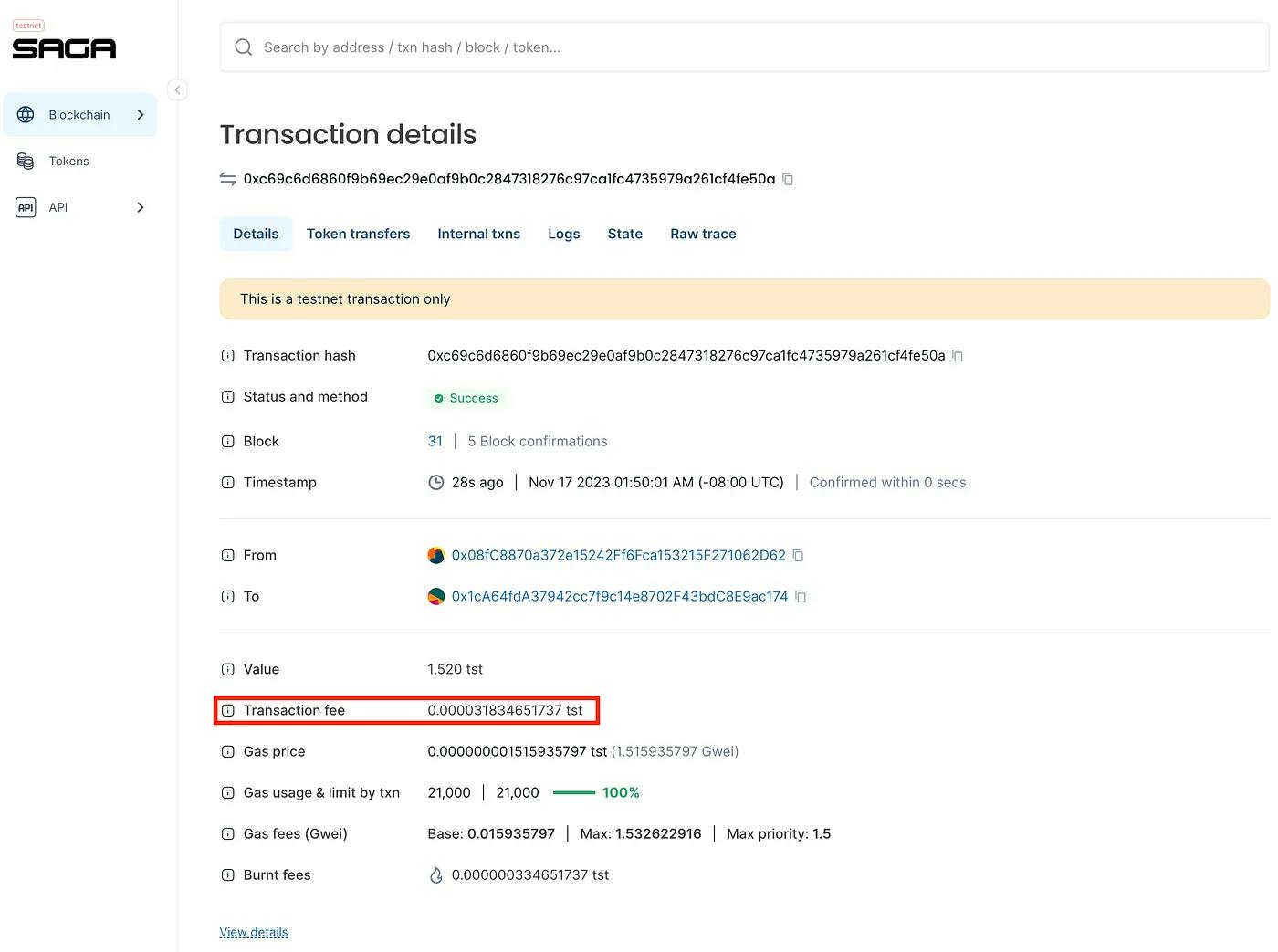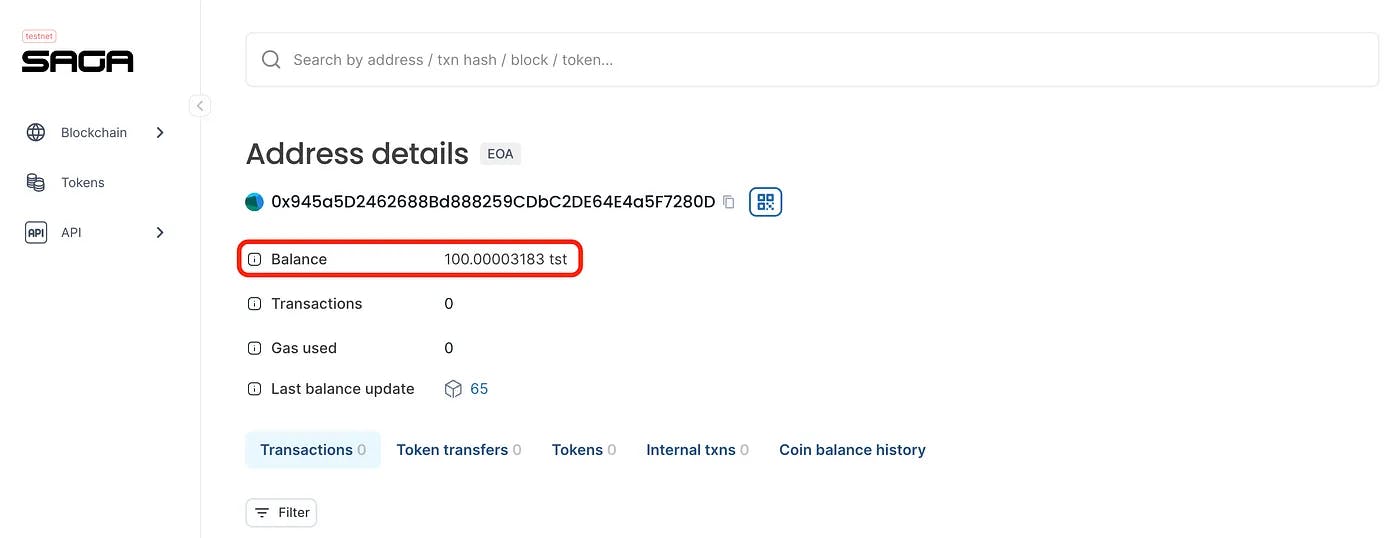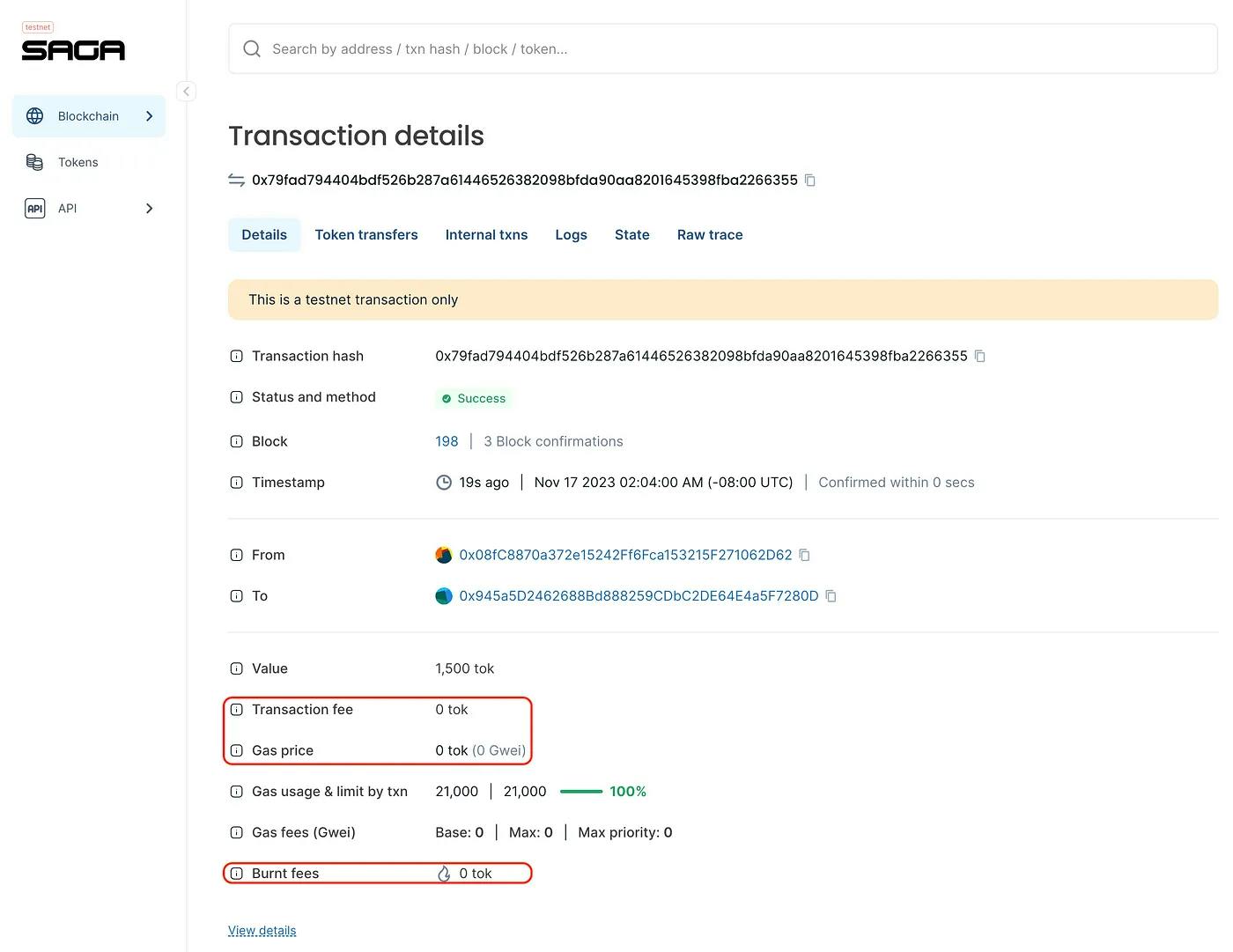Stack Exploder: Exploring the Innovative Horizons of Pegasus Incentivized Testnet
Episode 1: Empowering dApp Development with SagaOS through New Fee Models
The community of dApp developers — especially those in web3 gaming — is buzzing with excitement over Saga.xyz’s latest release, the Pegasus Incentivized Testnet. What may be lesser known is that this pivotal development is powered by SagaOS, boasting a potent EVM stack that underpins each Chainlet.
Key Components of Pegasus Incentivized Testnet
- Decentralized Network of External Validators: Pegasus Incentivized Testnet operates on a decentralized network of external validators running the Saga Security Chain, ensuring robust security and decentralization.
- Dedicated RPC Infrastructure: The Incentivized Testnet features dedicated RPC infrastructure, providing developers with reliable and efficient access to network resources.
- Dedicated Block Explorers: These tools offer transparency and ease of access to blockchain data, enhancing the user experience for developers and end-users alike.
- Saga Chainlet Realm and Saga Platform Chain: Operated by the Saga Foundation within a distributed validator infrastructure.
Among its impressive array of features, two stand out for their potential to revolutionize dApp development: the support for transaction fee collection accounts and fixed fee transactions. In the rest of this article, we will focus on discussing these two new features and some of the innovative use cases that they can enable.
1. Transaction Fees Collection Account: Unleashing New Economic Models
This new feature in SagaOS, enables developers, at chainlet launch time, to designate a wallet that will collect all of the fees paid by users for transactions executed to interact with the chainlet. This wallet can be owned by the developer, a consortium or by the community via a DAO.
Here is a saga cli command example that will launch a new chainlet with the new transaction fee collection account enabled:

In this example, the account designated by the — fee-account flag will start accumulating all of the transactions fees paid by all transactions executed on the chainlet and make the balance available to whoever controls it.
Here’s an example transaction:

The above transaction fee of 0.000031834651737 tst which was collected in the fee collection account and added to the already existing balance of 100 tst, resulting in a total of 100.000031834651737 tst

This feature enables the recycling of tokens used for transaction fees, offering a fresh canvas for creative new on-chain economic models. Imagine a dApp where the transaction fees, instead of being a sunk cost, become part of a circular economy within the web3-powered game or application. This could lead to scenarios where fees are redistributed to players as rewards, funding community-driven projects, or even as a means to participate in governance decisions. This model not only incentivizes user participation but also opens doors to sustainable and self-perpetuating economic models within dApps.
Here are a few examples of the many use cases that the Fees Collection Account can enable:
- DAO Governance Incentives: This feature can be used to incentivize participation in governance. Fees collected can be recycled and used for increased voting power.
- Community Reward Pools: Developers can channel fees into reward pools, offering tangible benefits for user engagement and fostering a more vibrant community.
- Funding Development of Projects or for Charity: The recycling of transaction fees can sustainably fund ongoing development, community projects, or charitable initiatives.
- Subscription-Based Models: Developers can implement subscription models where users receive tokens periodically, fostering a consistent user base. Think API credits for enabling user on-chain interactions.
- Dynamic NFT Ecosystems: Fees can support a thriving marketplace of creators within the dApp, facilitating artist compensation and community engagement.
- Freemium dApp Models: Offer basic services for free, funded by transaction fees, while premium features require additional token payments, creating a balanced revenue model.
2. Fixed Fee Transactions: Simplifying Web3 Onboarding
When launching a new chainlet on the latest SagaOS chainlet stack released with Pegaus Incentivized Testnet, developers have the option to set a fixed fee for the cost paid per unit of gas used in executing transactions. The set base fee will make transaction cost predictible at all times regardless of the load on-chain. Setting the — fixed-base-fee=0 is supported and will enable completely feeless transactions.

Here’s an example transaction:

The above transaction was configured in metamask in the advanced gas fee UI by setting max base fee and priority fee to 0 TOK. This resulted in a transaction that did not cost any fees to execute on-chain successfully.
This feature can expose your chainlet to potential DDoS attacks if gas fees are set to zero and we recommend it to be used only combined with additional security mechanisms that protect against possible DDoS attacks.
This feature addresses a significant barrier in blockchain gaming and dApp adoption and usage: the complexity of onboarding new users. Traditionally, engaging with dApps requires users to have a pre-funded web3 wallet, often deterring newcomers unfamiliar with blockchain intricacies. Pegasus Incentivized Testnet’s fixed fee transaction model simplifies this. It allows developers to create experiences where users can interact with dApps or play web3 games without needing a specific token or even a web3 wallet. This approach democratizes access to blockchain applications, paving the way for a more inclusive web3 environment.
Some of the many use cases that are made possible with this new feature include:
- Streamlined Gaming Experiences: New players can jump into web3 games without prior cryptocurrency knowledge, allowing immediate and hassle-free gameplay.
- Effortless dApp Interaction: Users can interact with various dApps without worrying about transaction fees, removing a significant barrier to entry.
- Token-Independent Transactions: This opens the door for a broader range of users to engage with dApps, as transactions are not tied to specific cryptocurrencies.
- Predictable on-chain economies: Fixed fee transactions allow for types of transactions that always bear the same cost, regardless of the on-chain activity, opening up new economic models for dApps and web3 games.
- User Engagement: This feature can attract users who are new to web3 and unfamiliar with crypto wallets and cryptocurrencies.
Conclusion
The Pegasus Incentivized Testnet, through these innovative features, isn’t just a step forward for Saga; it represents a leap toward a more accessible, economically diverse, and user-centric web3 world.
By empowering developers with tools to implement novel economic models and streamline user onboarding, SagaOS sets the stage for a new wave of blockchain applications where creativity and inclusivity are at the forefront.
To learn more about Pegasus Incentivized Testnet and its new features, we recommend visiting our Saga Developer Docs.